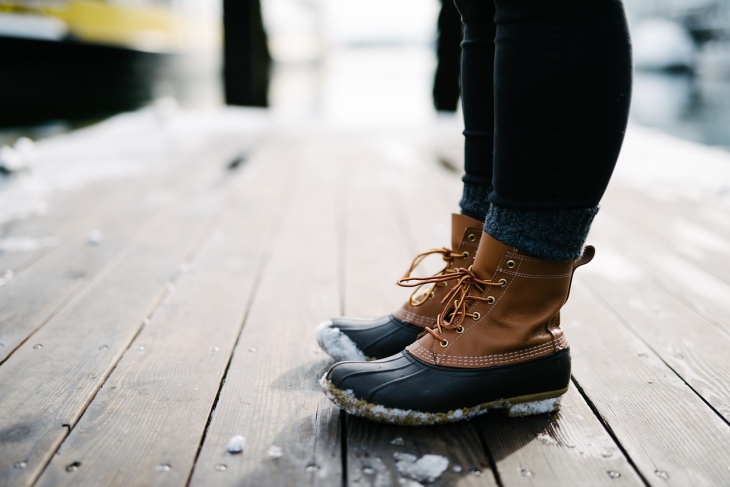For most people, there is no difference between snow boots and winter boots. After all, both keep the feet warm in snowy and wintery climates.
Although they are very similar, winter boots and snow boots are different, and both have their respective functions. But what is the difference between snow boots and winter boots?
Winter Boots
As the name suggests, these boots are best suited for wintery climates. Winter boots offer warmth during the winter, are lightweight, and versatile.
Due to their versatility, you can use these boots to work on different projects in the winter. For example, you can use them to:
- Shovel your driveway
- Walk through ski areas
- Put on tire chains
They also double up as fashion statements, and when lined with water-resistant materials, you can use the boots to go shopping and outdoor play. Winter boots are lightweight, and this trait makes them the best boots for general winter use.
Unlike snow boots, winter boots do not have technical features like grooved treads, extra lacing, or extra padding.
The lack of these features means they offer flexibility in artistic design. The boots are available in an array of styles, and the options are unlimited.
Although they are versatile, their design does not prevent them from packing snow onto the front or tip of the boot. As such, it is possible to get wet or cold feet when using these boots in snowy conditions.
Snow Boots

Courtesy by inFashioShop
Snow boots are not as versatile as winter boots. They have a design that can allow you to wear them in snow or wet conditions. The great thing about these boots is that they are adaptable to other weather conditions including:
- Rain
- Hail
- Sleet
- Frost
- Winter
Snow boots will protect your feet from getting cold or wet. Your feet will remain warm even if you walk through the snow.
Although the boots are heavier than winter boots, they have features that make it easy to walk on snow and other wet conditions.
A good example is the grooved treads. These threads give snow boots good grip to the sole. As such, you can walk on ice, snow, and slippery surfaces without slipping or falling.
Furthermore, snow boots have extra lacing and padding from the upper to the lower construction.
You are guaranteed superior ankle support when wearing snow boots on rougher terrain. You are unlikely to get foot or leg injury and a twisted ankle.
Conclusion
If you are looking for protection from harsh elements in snowy conditions, snow boots are the best option for you. Winter boots are good for wintery climates. However, they cannot handle harsh winter conditions, and you cannot use them to walk on rougher winter terrains. Snow boots are adaptable, and you can use them in both snowy and wintery conditions.
But if you are planning to work on an outdoor activity during the winter, winter boots are your best option. In either case, make sure you are getting boots with insulated linings. Also, they should be 100% waterproof and be comfortable for both short and long walking trips.

